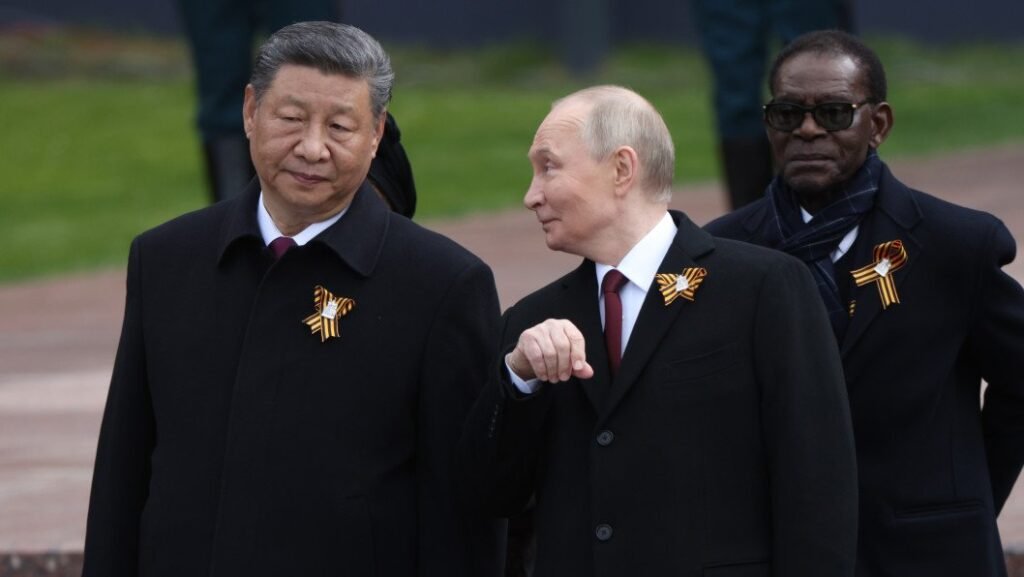
by Henrique Viacelli Falco, MU Extension
Reuters’ Ella Cao and Naveen Thukral reported that “China’s state-owned COFCO bought three U.S. soybean cargoes, two trade sources said, the country’s first purchases from this year’s U.S. harvest, shortly before a summit of leaders Donald Trump and Xi Jinping.”
“As the two nations battle over trade tariffs, the lack of Chinese buying has cost U.S. farmers billions of dollars in lost sales, after they largely supported Trump in his campaigns for president,” Cao and Thukral reported. “Although COFCO’s deal for December-January shipment of about 180,000 metric tons of soybeans was China’s first such buy in months, traders do not expect a significant resumption in demand for U.S. cargoes after recent large South American purchases.”
“‘COFCO has proceeded to purchase U.S. beans even before the two leaders have reached a trade agreement,’ said a trader at an international trading company that supplies Chinese crushers,” Cao and Thukral reported. “‘The volumes booked by COFCO are not that large, three cargoes for now.’”
“The prime U.S. soybean export season normally runs from October through January, but China has shunned soybeans from the autumn U.S. harvest this year, amid protracted trade friction with Washington, turning instead to South American suppliers,” Cao and Thukral reported.
China Agrees to Buy 12 Million Tons of Soybeans, Treasure Sec. says
Bloomberg’s Jeff Sutherland and Ilena Peng reported that “China has agreed to buy 12 million metric tons of soybeans this year, Treasury Secretary Scott Bessent said, providing some relief to US farmers who have anxiously awaited the resumption of exports to the Asian nation. For the next three years, China has agreed to buy a minimum of 25 million tons annually, Bessent said Thursday on Fox Business.”
“President Donald Trump said earlier that China will purchase ‘tremendous’ amounts of American soybeans, following a meeting to hammer out a wide-ranging trade deal with his counterpart Xi Jinping. Trump said China will start buying immediately, but didn’t provide any additional details,” Sutherland and Peng reported. “The agreement paves the way for the reopening of a trade that was worth more than $12 billion last year and is crucial for US farmers who have faced prolonged financial strain.”
“A commitment of 12 million tons for this season is in line with many analysts’ forecasts. China has little need for additional soybeans currently as it has built up ample supplies with record shipments from South America,” Sutherland and Peng reported. “The amount is a ‘fairly sizable reduction from a historical standpoint,’ said Brian Grete, a senior grain and livestock analyst at Commstock.”
“In the longer term, purchases of 25 million tons a year would be ‘basically getting back to normal,’ Grete added, potentially helping farmers forecast export demand and build out balance sheets for the longer term,” Sutherland and Peng reported.
Bloomberg’s Hallie Gu and Srinidhi Ragavendran reported that “China has held off buying US soybeans for much of this season, hurting American farmers while giving Beijing a key bargaining chip during negotiations with Washington. Just days before the (Trump-Xi) summit, Beijing made its first purchases of US supplies in months — still a fraction of a soy trade that was worth more than $12 billion last year.”
“With a limited number of cargoes booked so far, the likelihood of a dramatic and rapid revival in US purchases is shrinking, at least for commercial buyers,” Gu and Ragavendran reported. “China has switched to taking more Brazilian soybeans and recently purchased record volumes from Argentina, part of its strategy to diversify supply.”
“Commercial purchases would also require China to roll back tariffs on US soybeans imposed earlier this year, a move that is widely expected by the market but which Beijing did not make explicit,” Gu and Ragavendran reported. “‘Right now, we do not have a 100% clear answer on that,’ said Even Pay, director at Beijing-based advisory firm Trivium China.”
Overall Trade Framework Details
The Associated Press reported that “President Donald Trump said he has made deals with China after meeting Chinese leader Xi Jinping on Thursday, the final day of a trip to Asia that was an opportunity for the leaders of the world’s two largest economies to stabilize relations after months of turmoil over trade issues.”
“The president told reporters aboard Air Force One that the U.S. would lower tariffs implemented earlier this year as punishment on China for its selling of chemicals used to make fentanyl from 20% to 10%. That brings the total combined tariff rate on China down from 57% to 47,” the AP reported.
“China’s Commerce Ministry said on Thursday that the U.S. will pause its measures under its Section 301 investigation against China’s shipbuilding and maritime industries for one year,” the AP reported. “It said China will pause its relevant countermeasures against the U.S. for a year in response after the U.S. suspensions take effect.”
Additionally, “China has agreed to suspend its new export control restrictions on rare earth minerals for one year and study and refine them, the Commerce Ministry said,” according to the AP. “In return, the U.S. will suspend for one year a rule that expanded its controls to all subsidiaries that are at least 50% owned by Chinese companies on an export control list.”
Reuters reported that “the U.S. and China could sign a trade agreement as soon as next week, U.S. Treasury Secretary Scott Bessent said on Thursday following President Donald Trump’s meeting with his Chinese counterpart Xi Jinping. ‘The Kuala Lumpur agreement was finished in the middle of the night last night, so I expect we will exchange signatures possibly as soon as next week,’ Bessent said in an interview on Fox Business Network.”
(Source: A combination of two articles by University of Illinois, https://tinyurl.com/mrsd2ndm, and https://tinyurl.com/4m73ypnr)





